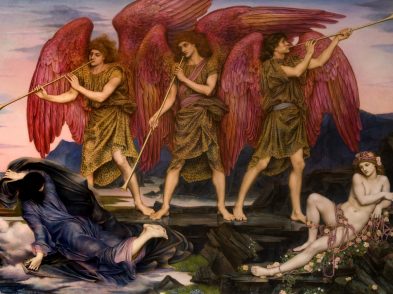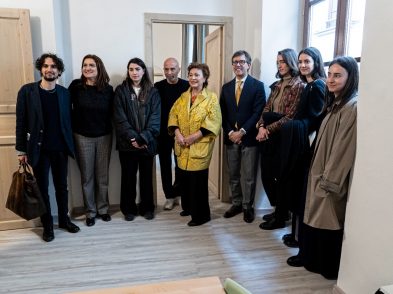The Boboli’s garden complex has played a significant role in forging an image of the ‘Italian Garden’ into the collective imagination. Here one can find monumental fountains, many types of grottas, a multitude of marble and stone sculptures, and many decorative elements arranged along its paths. The garden was created according to the criteria of 16th-century design; its original project was drawn up by Michelangelo’s pupil Niccolò Pericoli, known as ‘Il Tribolo.’
The garden has been continuously enriched throughout the centuries with the addition of the large 18th-century Lemon House, the Kaffeehaus (1775), and the graceful ‘Annalena Gate’ on Via Romana. Noteworthy, too, is the Upper Botanical Garden, created between 1841 and 1850 by Filippo Parlatore. Here visitors can admire the two aquatic-plant pools and a beautiful neo-classic tepidarium.The gardens, monuments and statues of the Boboli constitute a true open-air museum, which in recent years has been host to many works by modern and contemporary artists and stage to several music programs and theatre productions. Conservation is a primary concern as we strive to maintain and care for the garden’s buildings, greenhouses, decorative plants and bo-tanical collections, and the wealth of pools and sculptures from the 16th and 17th centuries. We are currently working to found a sculpture museum within the garden. From March to
Septem-ber of next year, visitors can visit the Lemon House, which will feature an important exhibit The Old Garden from Babilonia to Rome organised by the Museo di Storia della Scienza, Polo Museale Fiorentino and the Soprintendenza Archeologica di Pompei.Jane’s picks: The natural beauty in these magnificent gardens is a living work of art in and of it-self. It can take three hours or more to see all the works of art scattered throughout the garden, which is populated by no less than 170 statues. The Fountain of Oceanus (1576), whose three statues originally were designed by Giambologna, are now in the Bargello. The Grotticina di Madama (1553-55) and the Great Grotto (1583-93), which originally housed Michelangelo’s Slaves, are both fine examples of Mannerism and were among the first grottos built in Italy. Ad-mission is by appointment only.Piazza Pitti 1Entrance fee: 6 Euro, which includes entrance to the Museo delle Porcellane (which displays 18th and 19th century Italian, German and French porcelain from the Medici and Lorraine collec-tions). The Museo del Costume is also included in the ticket price. Hours: 8:30am to dusk; closed the first and last Monday of the month.




